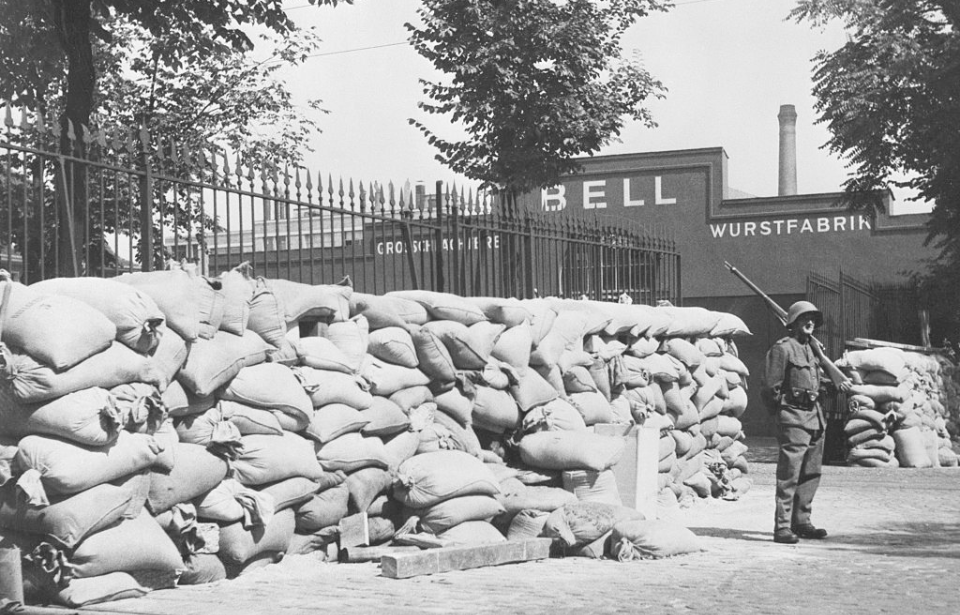Switzerland was able to remain neutral throughout the Second World War. As soon as the conflict broke out in 1939, the nation prepared itself for a possible invasion. However, one never occurred, despite a German plan of attack, Operation Tannenbaum, being drawn up. The question that remains after all these years is why the decision was made to not move forward with the invasion.
History of Swiss neutrality
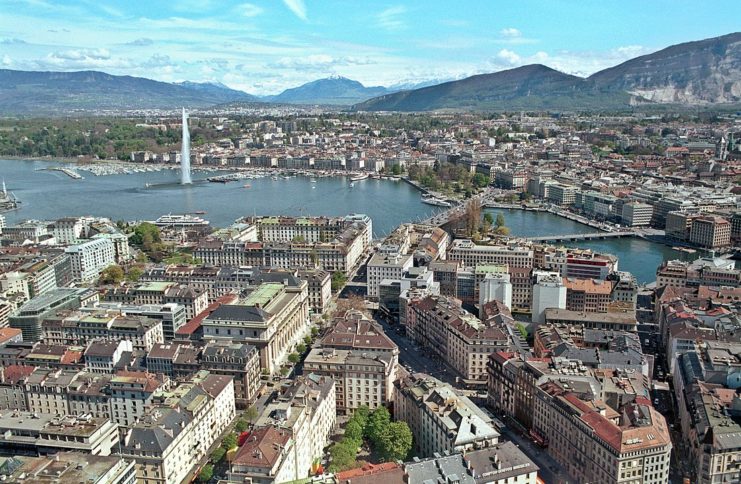
Switzerland choosing to remain neutral during World War II was nothing new. The roots of the country’s neutrality date back to the 16th century and the Battle of Marignano. Following the Swiss Army’s defeat to the French in September 1515, the decision was made to try and avoid any future battles, in an effort for self-preservation. This neutrality would come under threat a number of times over the subsequent centuries, due to the actions of other nations.
The Swiss formally declared neutrality during the Congress of Vienna in 1815. When World War I broke out, Switzerland stayed out of the conflict, militarily. It did, however, take in refugees and mobilize its forces. Internal strife between the country’s French-, Italian- and German-speaking populations also occurred. Following the conflict, the victors formed the League of Nations. The organization recognized Switzerland’s neutrality, and built its headquarters in Geneva.
A promise from Germany, to Switzerland
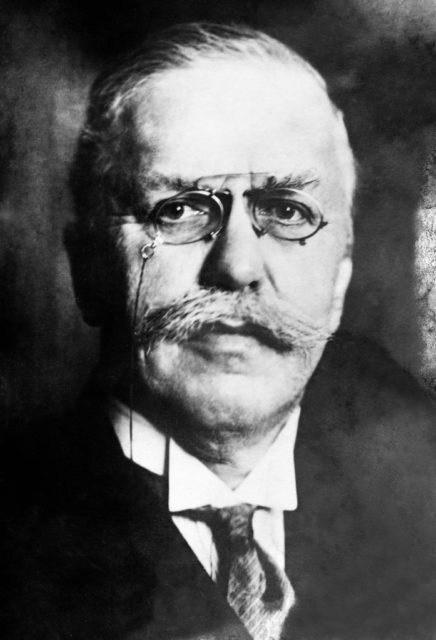
During his rapid ascension to power, the German Führer promised Switzerland that he would respect the country’s neutrality. In February 1937, he even told Swiss Federal Councilor Edmund Schulthess that Germany would not invade the European nation. Of course, the Führer wasn’t someone whose word could be taken at face value. During the conflict, Germany rapidly occupied a number of nearby countries, including Denmark, Luxembourg, the Netherlands, Poland, Norway and Belgium.
Knowing Germany’s reputation, Switzerland did take the time to mobilize its Armed Forces, which, at its peak, was made up of 850,000 soldiers. This relatively large force was placed under the command of Henri Guisan, a life-long soldier and one of the most experienced men in the Swiss Armed Forces.
Guisan helped put in place the National Redoubt defensive plan, which would have seen the deployment of three mountain brigades and eight infantry divisions, who trained for a potential invasion by mimicking the battles occurring in Europe at the time. If an invasion occurred, the Swiss government would retreat to the Alps, with the aim being to preserve some of country’s territory and political power.
The planning of Operation Tannenbaum
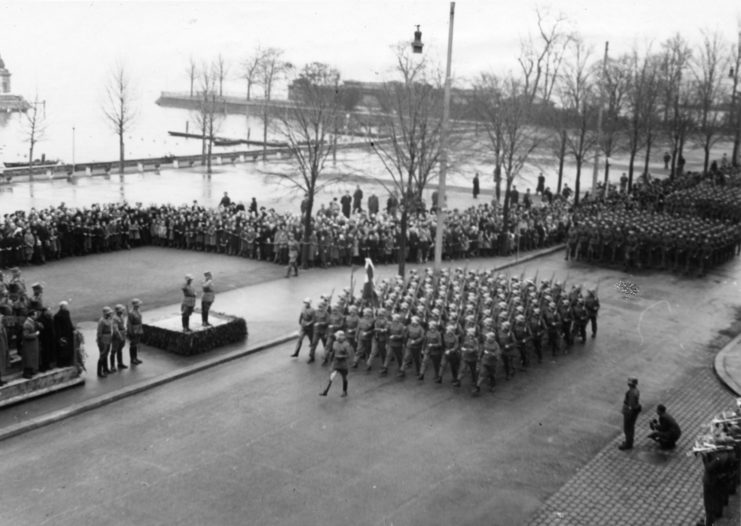
While Germany’s Führer made his promises to Switzerland, he fully expected the country to join the war effort at some point. However, it stayed true to its promise of full neutrality. This infuriated the German government, and plans were made up to invade Switzerland. The Führer even told Italian Prime Minister Benito Mussolini, “Switzerland possesses the most disgusting and miserable people and political system. The Swiss are the mortal enemies of the new Germany.”
The plan was codenamed Operation Tannenbaum. Under it, the German Army could send a portion of its force from Central France, where two million soldiers sat idle, to Switzerland. The Italians would also be involved in the operation. While the German forces would set their sights on taking control of Geneva and Lucerne, the Italian Army would invade the Alps, after which both countries would divide Switzerland between themselves.
With those kinds of numbers, Italy and Germany could have easily occupied the country. However, for reasons still unknown, the plan was never enacted.
Why didn’t the Germans move forward with Operation Tannenbaum?
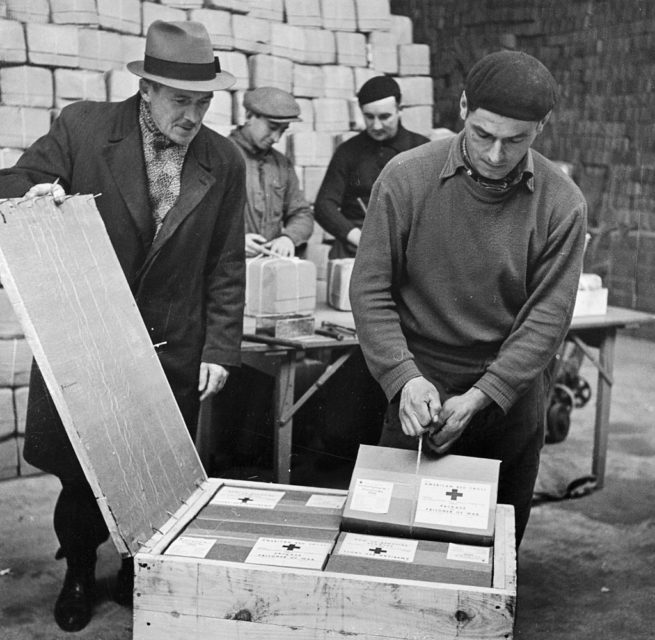
Germany wound up losing the Second World War. With the country’s leader deceased, no one was ever able to ask him why Operation Tannenbaum had been shelved. As such, historians have only been able to put forward theories as to the reason.
The first states that Switzerland was going to put up a fierce fight, despite having a smaller force than the Germans. As well, its government had been ramping up weapons spending, allowing it to possess some of the most advanced arsenals of the time. There’s also the fact the country wasn’t the most strategic of places to occupy. It’s landlocked, with no waterways for ships to dock. The terrain is also heavily mountainous and difficult to traverse – good for skiing, but bad for armies.
The second theory put forth states that Germany benefitted from having a neutral country that wasn’t completely against it. The Germans were laundering an awful lot of stolen gold and the Swiss government allowed them to do so. The country also provided a place for officials to take refuge, if the war went badly.
Switzerland remains neutral to this day
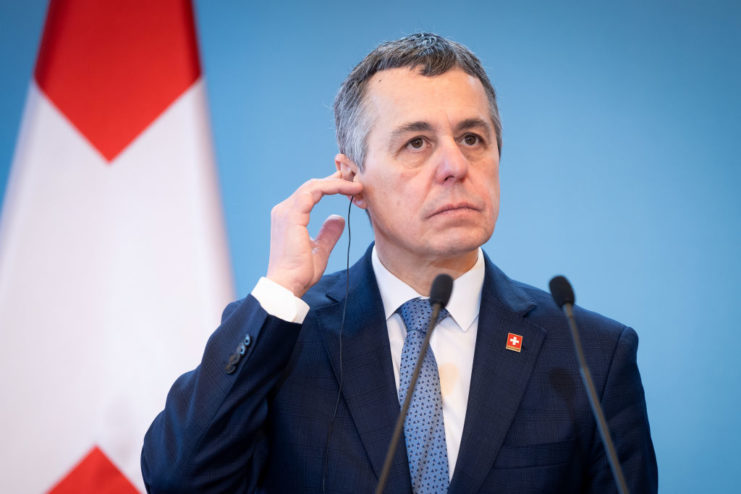
Against all odds, Switzerland was able to remain neutral for the entirety of the Second World War. Since then, the country has largely kept out of other major conflicts, with the one exception being the War in Afghanistan. This was the first time the Swiss had taken part in a battle since 1815. During the War in Iraq, officials gave the American forces permission to use Swiss airspace to conduct surveillance missions.
More from us: Project Fantasia: When America Planned to Use Glow-In-the-Dark Foxes Against Japan
Want to become a trivia master? Sign up for our Today In History newsletter!
President Ignazio Cassis explained Switzerland’s stance in 2022, saying the country’s principles include “no participation in wars; international cooperation but no membership in any military alliance; no provision of troops or weapons to warring parties and no granting of transition rights.”
